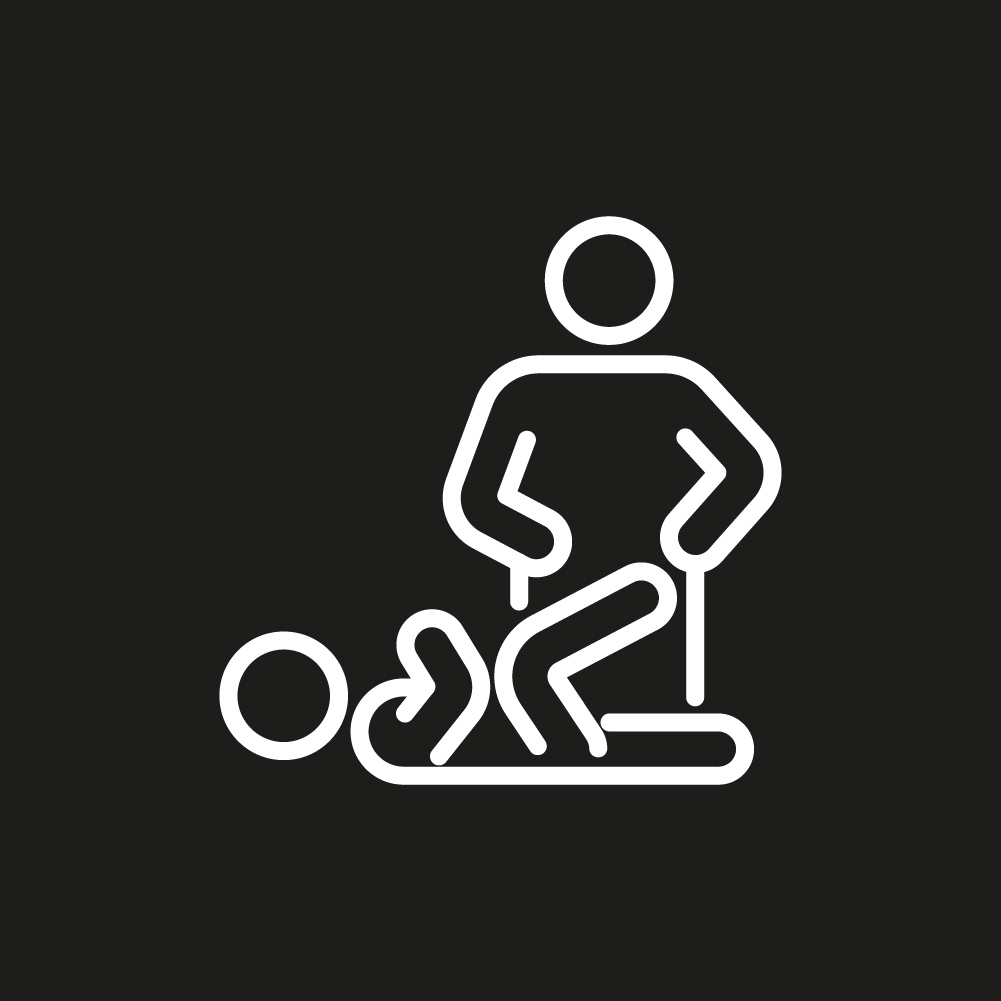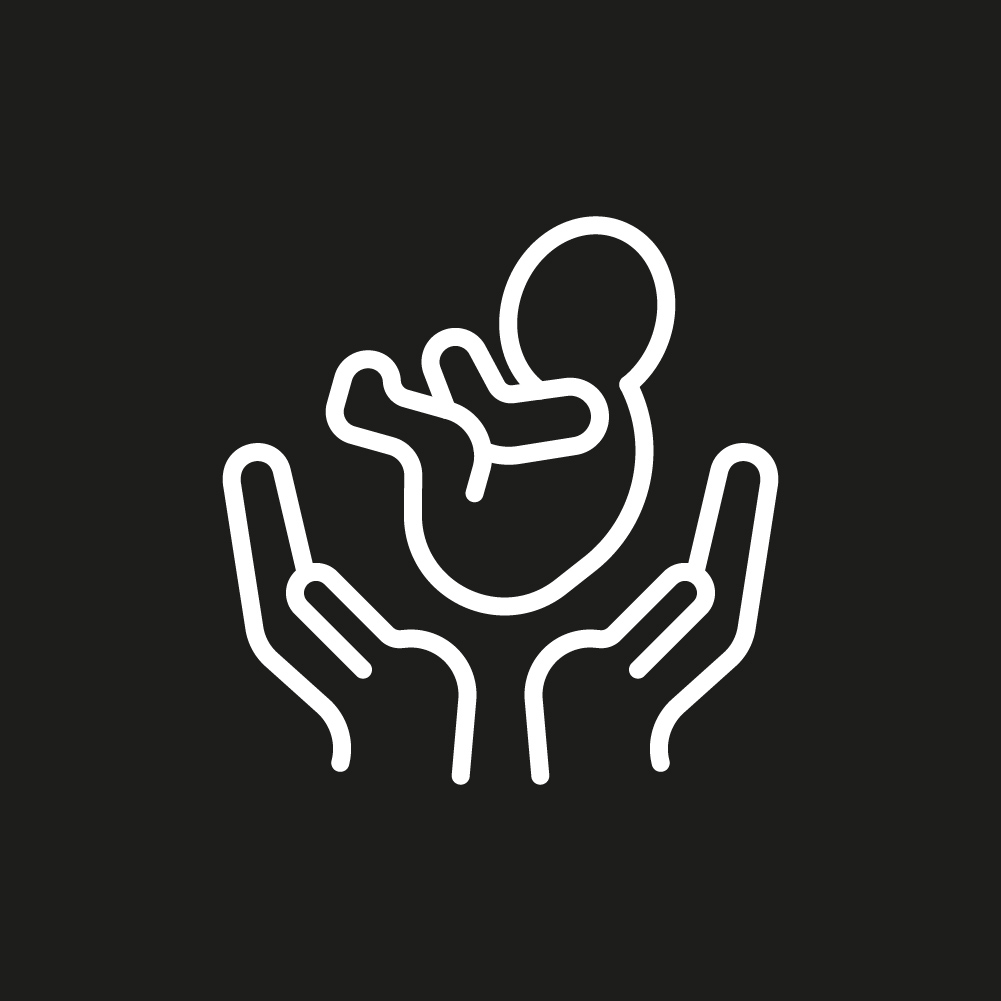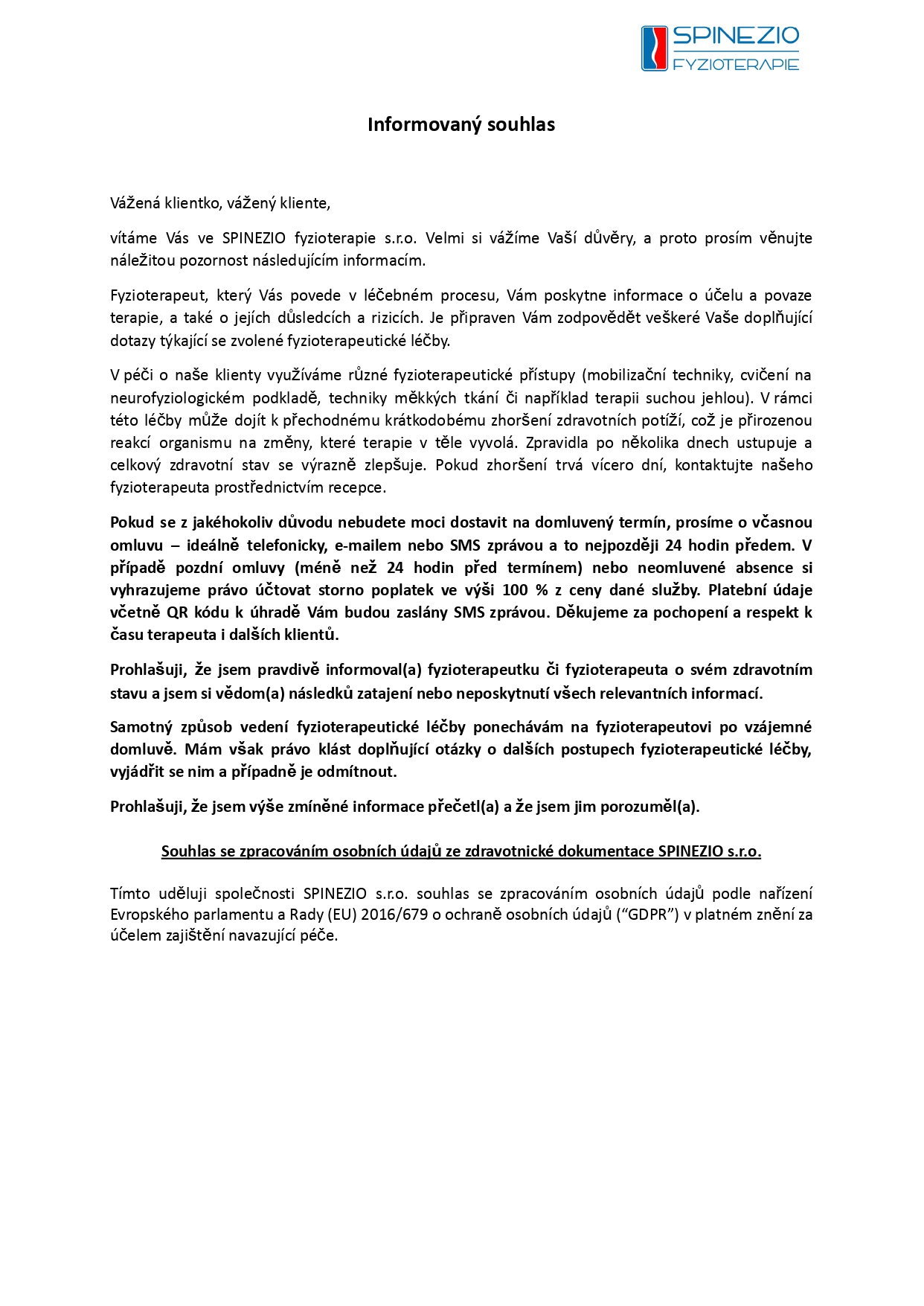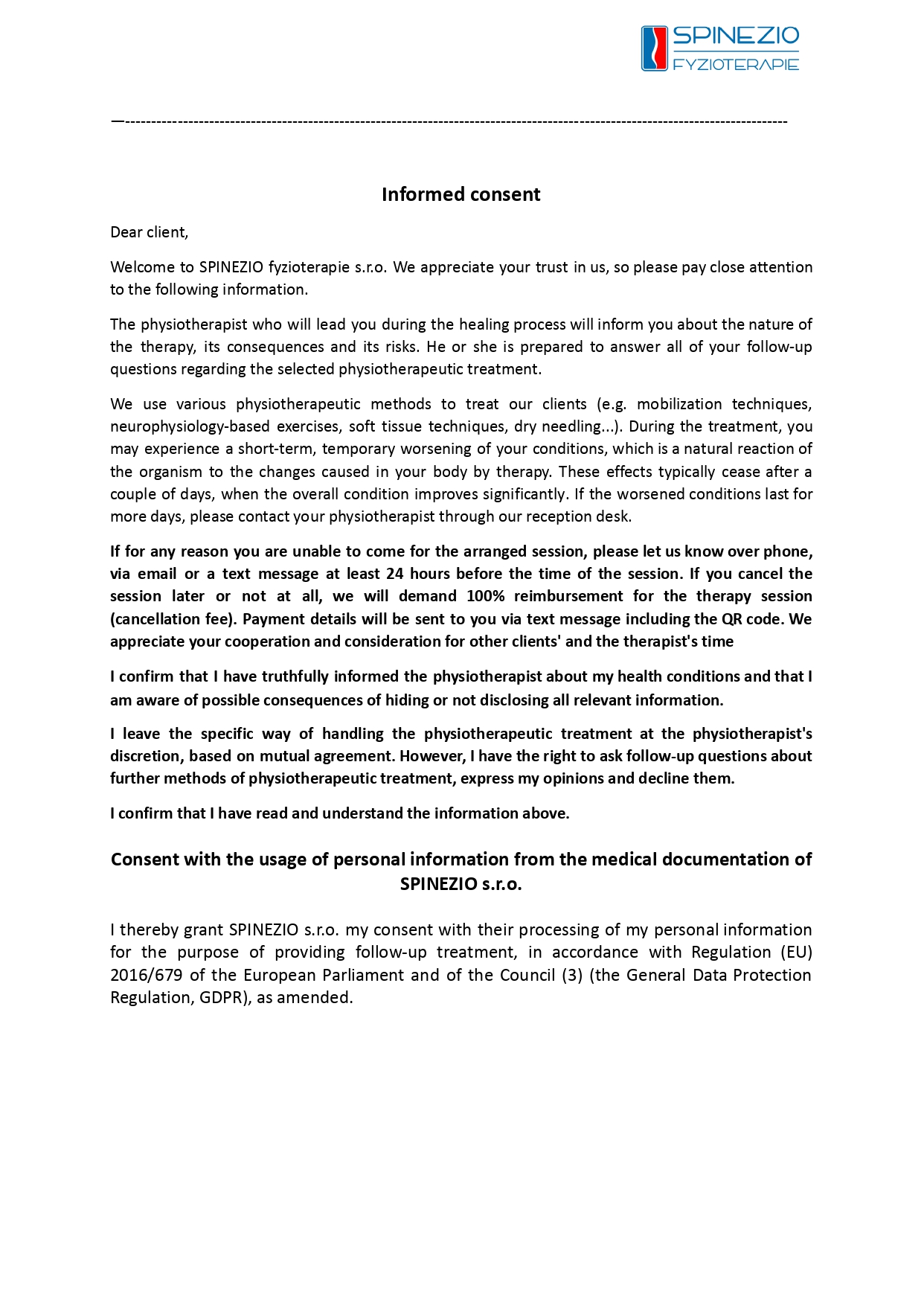Each of us sometimes has a "crack" in our joints. Some even do it deliberately, whether in the joints of the hand or the cervical spine. This phenomenon, called the "cracking phenomenon", is also used by physiotherapists in the techniques of so-called joint manipulation. How and why does this sound occur? Does it harm the joints or, on the contrary, benefit them? What is the purpose of joint manipulation? We will look at all these questions in a little more detail. The cracking phenomenon and its essence have been bothering scientists for several decades. During this time, a number of theories have emerged that tried to explain this phenomenon. Unfortunately, earlier imaging technologies were not yet at a level that was able to provide the necessary information and confirm or refute these theories. However, with the advent of the most modern technologies such as functional magnetic resonance imaging, which is able to "see" into the joint in real time, we have had the opportunity to look into this issue in much more detail.
The explanation of the nature of the “crackling” in the joints can be helped by the research of Kawchuk et al. from 2015, in which the metacarpophalangeal joints (basic joints of the fingers) of the hand were examined under the aforementioned functional magnetic resonance. It was found that with sufficiently strong traction in the joint, when the joint surfaces are moved apart to the necessary extent and thus create a negative pressure in the joint space, intra-articular carbon dioxide is released and a bubble made of CO2 is formed there. The formation of this bubble is accompanied by the well-known “crackling”. This physical phenomenon of the formation of cavities in the liquid during a local decrease in pressure is called “cavitation”. The resorption of the bubble into the synovial fluid in the intra-articular space takes approximately 15 to 30 minutes. It should be noted here that, for example, the formation of this bubble has not yet been confirmed in the facet joints of the spine. The size and location of these joints make them very difficult to examine in the same way as the joints of the hand. However, findings of enlarged intra-articular space in the facet joints accompanied by audible cracking may support the theory of cavitation in these segments as well.
The results of the entire described process can then be effectively used in rehabilitation. As a result of the creation of a CO2 bubble and the enlargement of the intra-articular space, there is a demonstrable increase in the range of motion in the given joint, a local reduction in muscle tension and, last but not least, a reduction in pain. However, many people are concerned about this type of therapy, because the aforementioned cracking in the joint is often subjectively perceived negatively. Therefore, for example, a person who has a painfully stiff neck may be reluctant to have their neck corrected by such a "cracking". Although there are also a number of factors that must be observed with this type of therapy and, like all types of therapy, it has its contraindications, with the correct indication, this method is completely safe and highly effective for the vast majority of the population, which is confirmed by a number of studies.
The fact that even repeated joint manipulation does not cause degenerative changes in the joints was experienced by Californian doctor Donald L. Unger. In his now very famous experiment, he cracked the joints on his left hand at least twice a day for 50 years. These joints were cracked at least 36,500 times. When he then compared them with the joints on his right hand, which he kept as a control, using X-ray images, no differences were found in the joints of both hands. Although this sound may be unpleasant for some, there is no need to worry about it and it can often be useful for us.















